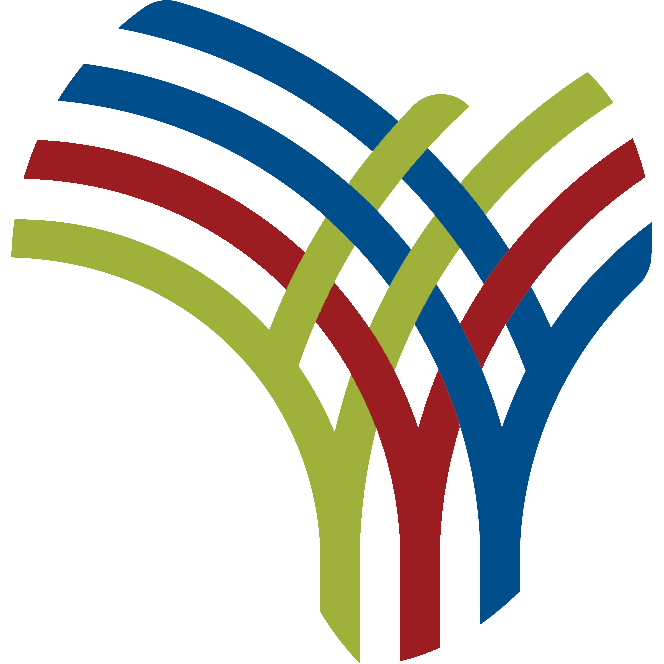Nairobi — As Breast Cancer Awareness Month begins, health officials, clinicians, advocates, and survivors are renewing calls for urgent action to address Kenya’s rising breast cancer burden.
The World Health Organization (WHO) defines breast cancer as “a disease in which abnormal breast cells grow out of control and form tumors. If left unchecked, the tumors can spread throughout the body and become fatal.”
The disease typically starts in the milk ducts or lobules. In its earliest form (in situ), it is not life-threatening if detected early. However, once invasive, cancerous cells spread into surrounding tissue, forming lumps or thickening that require urgent care.
WHO notes that breast cancer is overwhelmingly a women’s disease — with 99 per cent of cases occurring in women compared to less than 1 per cent in men.
Keep up with the latest headlines on WhatsApp | LinkedIn
Despite the availability of cost-effective screening and treatment, many Kenyan women are still diagnosed late, when treatment becomes more complex, expensive, and less likely to succeed.
This year’s global theme, “Every Story is Unique, Every Journey Matters,” resonates deeply in Kenya, where survivors and families often struggle with limited resources and fragmented care. The local message — that no one should face breast cancer alone — underlines the urgent need for awareness, early detection, and coordinated support systems nationwide.
Growing challenge
Globally, breast cancer is the most commonly diagnosed cancer among women and the leading cause of female cancer deaths. In 2022, 2.3 million women were diagnosed worldwide, and 670,000 died.
Kenya mirrors this grim picture, with approximately 6,800 new cases and 3,100 deaths every year.
Cancer registry data shows that seven in ten patients are diagnosed at advanced stages (Stage III and IV). Specifically, 30.5 per cent are detected at Stage III and 38 per cent at Stage IV — a combined 68.5 per cent presenting late.
Why late diagnosis persists
- Low awareness: Many women are unaware of early signs or the importance of regular checks.
- Limited access: Screening and diagnostic services are concentrated in urban centers.
- Stigma and fear: Cultural taboos and misconceptions discourage timely health-seeking.
- High costs: Families face heavy out-of-pocket expenses for diagnosis and treatment.
These factors deepen inequalities between urban and rural populations, and between wealthier and low-income households.
Kenya’s Action Plan
Recognizing these gaps, the Ministry of Health launched the Breast Cancer Screening and Early Diagnosis Action Plan (2021-2025) — a five-year roadmap to shift diagnosis to earlier stages and improve treatment pathways.
The plan focuses on five Key Result Areas (KRAs):
- Governance & Policy
- Demand Creation and Community Engagement
- Training & Professional Development
- Service Delivery (screening, diagnostics, patient navigation, referral)
- Monitoring, Evaluation & Research
It emphasizes Clinical Breast Examination (CBE) as the first-line detection method, particularly in underserved communities, and calls for Breast Cancer Centres of Excellence at referral hospitals with multidisciplinary teams.
The plan also seeks to strengthen diagnostics (pathology and imaging), expand workforce training, integrate screening into existing services, and improve cancer data systems and research.
In addition, the government is rolling out the National Cancer Control Strategy (2023-2027) in partnership with counties, alongside an update to Kenya’s National Cancer Screening Guidelines (2018).
Kenya’s efforts align with the WHO Global Breast Cancer Initiative (GBCI), which aims to:
- Diagnose 60 per cent of invasive cancers at early stages (I-II).
- Ensure diagnosis within 60 days of first presentation.
- Guarantee that 80 per cent of patients complete recommended treatment.
Awareness beyond information
Awareness campaigns are not just about sharing facts. They reduce stigma, shape health-seeking behavior, and create pressure for political and financial investment.
The National Cancer Institute of Kenya (NCI-Kenya), a statutory body established under the Cancer Prevention and Control Act (No. 15 of 2012), has urged citizens to act:
“This Breast Cancer Awareness Month let’s empower ourselves with knowledge and action. Regular check-ups and early detection are crucial. Together, we can make a difference.”
Funding and Accountability
To turn plans into lives saved, Kenya must close persistent gaps:
- Make screening and diagnostics more affordable (including through SHA coverage).
- Expand services beyond tertiary centers.
- Ensure quality standards across all facilities.
- Sustain workforce training so specialists are available where they are needed most.
What Individuals Can Do This October
- Learn the signs: lumps, nipple discharge, or changes in breast shape.
- Self-check regularly and seek a clinical breast exam at the nearest facility.
- Support survivors: emotional, social, and practical support aid recovery.
- Engage communities: empower local leaders and CHVs to mobilize women for screening.
- Push for accountability: ask county governments about screening programs and available services.
Early detection saves lives
As Kenya joins the world in marking Breast Cancer Awareness Month, the message is simple and urgent: early detection saves lives. But awareness alone is not enough — it requires stronger health systems, sustainable funding, and collective action from individuals, communities, and policymakers.


